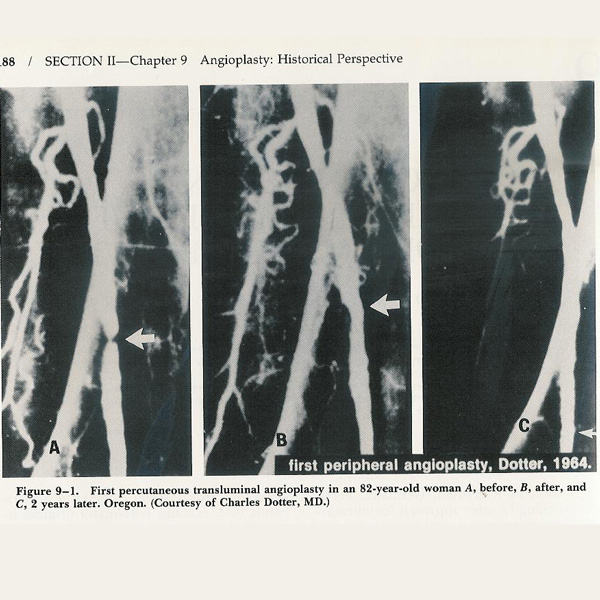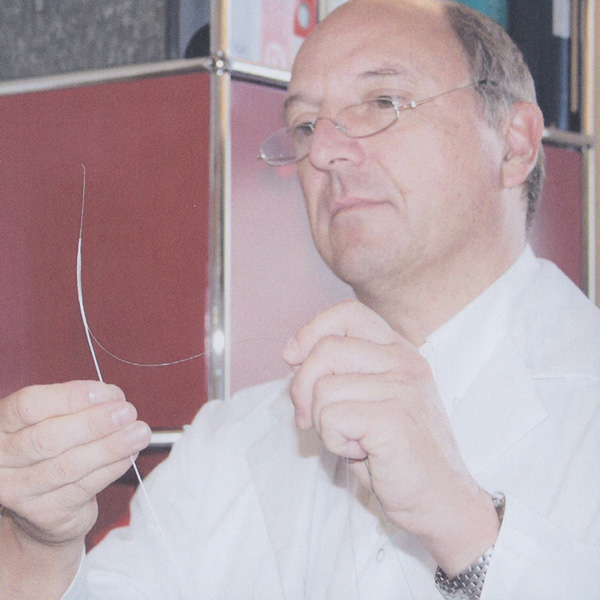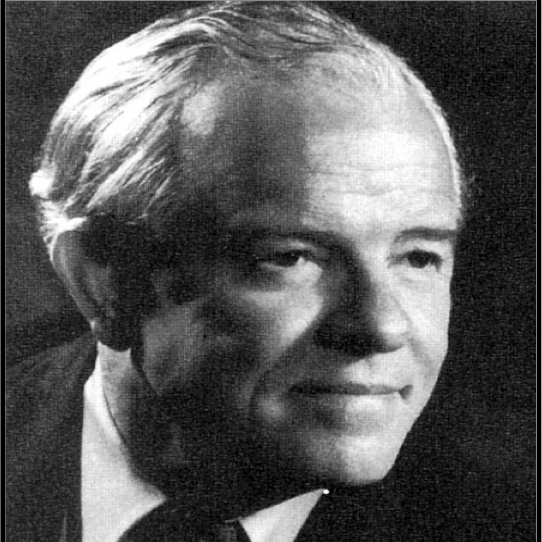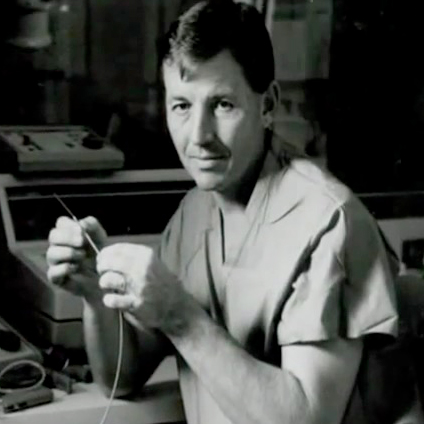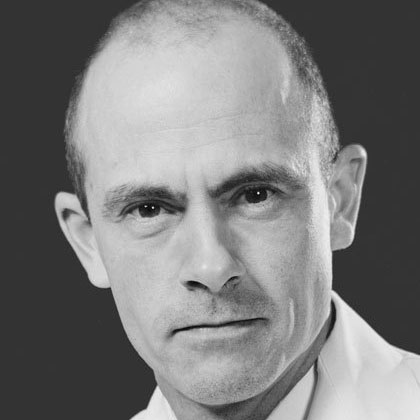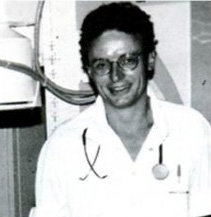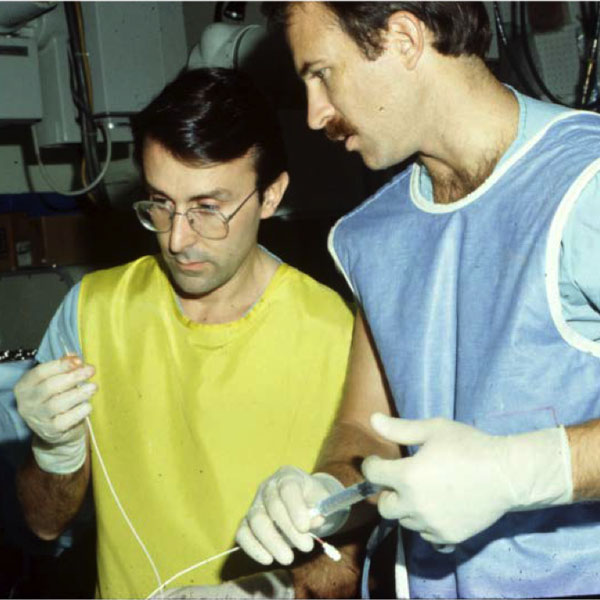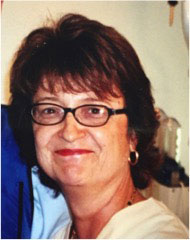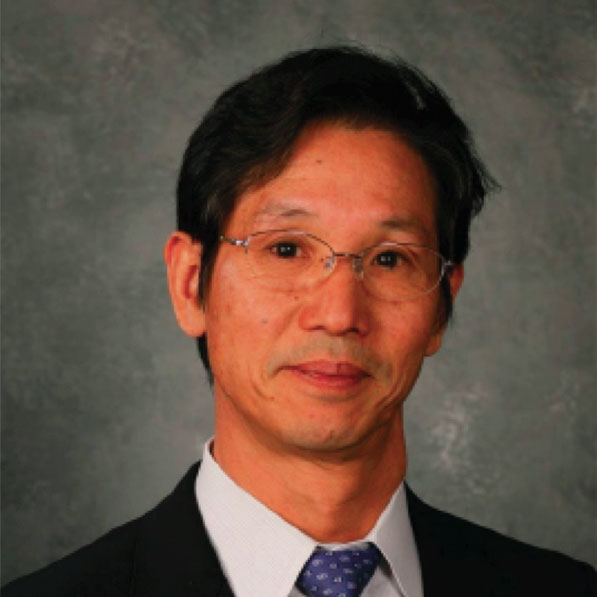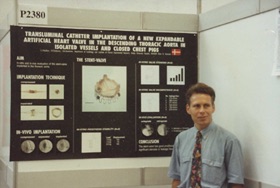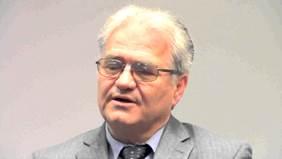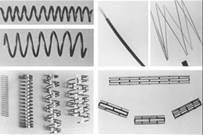Answer C : Marie-Claude Morice
To prevent stent thrombosis observed in about 25 % at the beginning of bare metal stent use, the French study, conducted by Marie-Claude Morice from 1992 to 1995, validated the concept of dual antiplatelet therapy. Edgar Benveniste, a biologist from Lyon involved in this study, personally suggested combining aspirin and ticlopidine to achieve beneficial, synergistic effects to combat platelets responsible for stent thrombosis.
Paul Barragan was the first to use ticlopidine alone, with a pre-treatment, for all his balloon angioplasty since 1986 and, later, for all his stent implantations.
Raffaele De Caterina was the first to demonstrate in 1991 that the combination of aspirin and ticlopidine was more effective than either of these 2 agents taken separately.

